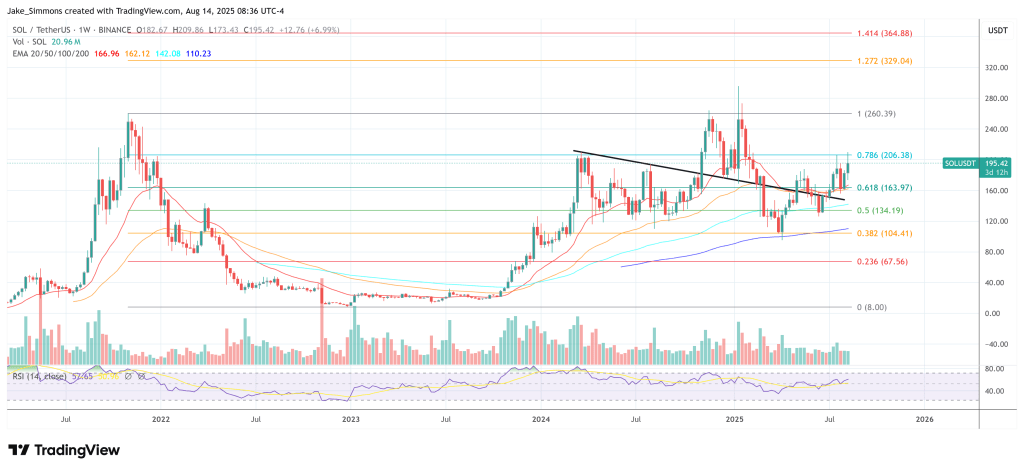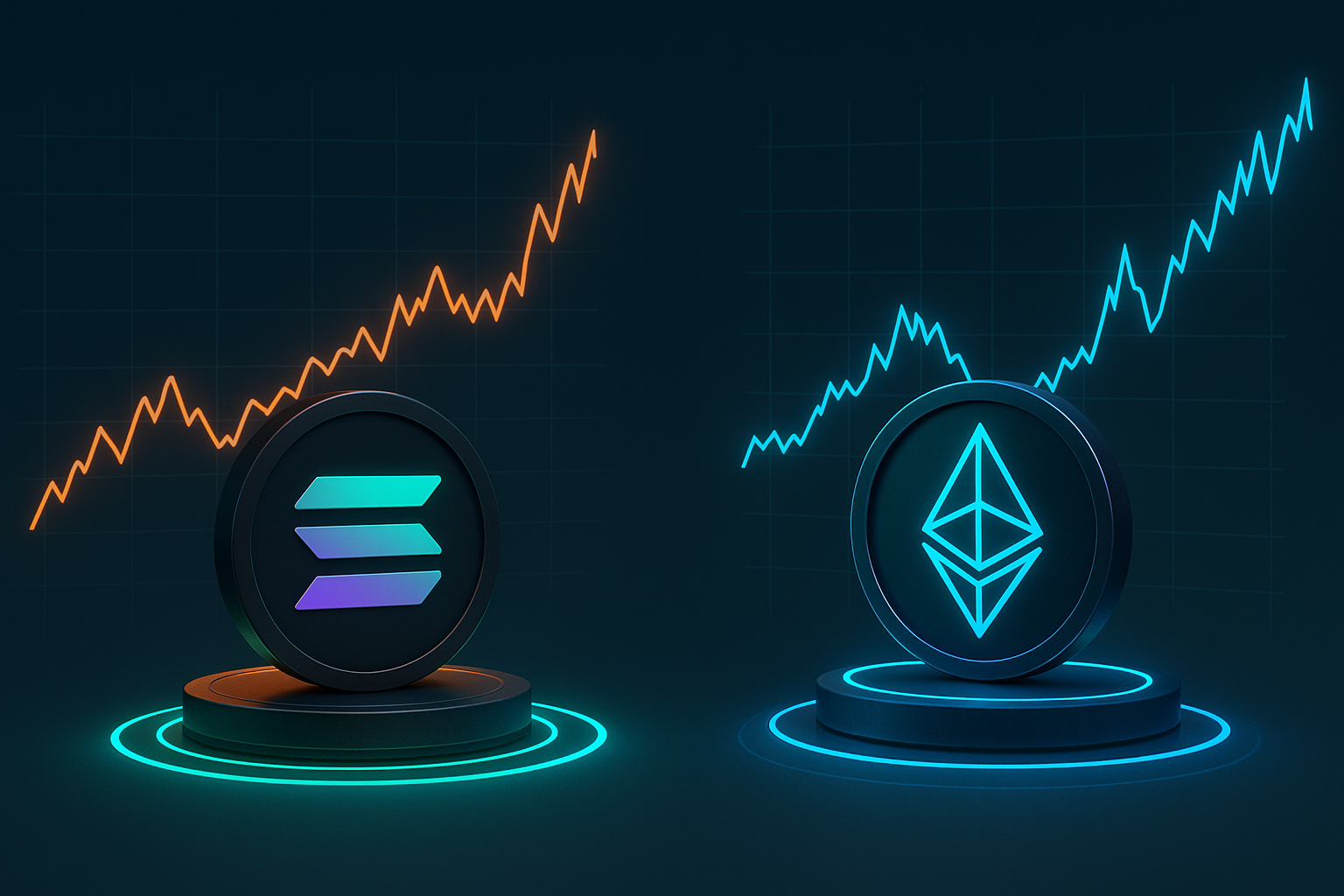Anza—the agency main core software program growth for Solana—has begun detailing “Rotor,” a brand new block-propagation layer delivery with the Alpenglow consensus overhaul. In a thread on X, Brian (@0xbrw), Anza’s developer relations lead, claims Rotor will put Solana forward of Ethereum on uncooked community responsiveness: “Rotor is Solana’s new block propagation methodology within the Alpenglow improve… [it] delivers information sooner and extra uniformly than Ethereum’s peer-to-peer gossip.”
Solana Vs. Ethereum
Brian describes Rotor as “a structured, single layer of relayers that replaces Turbine’s multi-layer tree,” with the slot chief sending erasure-coded “shreds” to these relayers, who then “full block distribution in a single hop to validators worldwide.” In his phrases, it “cuts hops and tightens the tail of arrival occasions,” so “extra validators obtain the block at practically the identical second.” The promised impact is fewer late arrivals and fewer forks rooted in propagation skew.
The mechanics depart sharply from at the moment’s Turbine retransmit tree. Under Rotor, “the chief pipelines a block into slices, erasure codes every slice into shreds, and sends every shred to a particular relayer. Relayers broadcast to all validators in a single spherical, prioritizing the subsequent chief to maintain scheduling clean.” Brian’s emphasis is on end-to-end timing predictability: “decrease latency, tighter consistency, and headroom for bigger blocks.”
Brian units that towards Ethereum’s networking path: “Ethereum depends on multi-hop gossip the place blocks ripple outwards in steps, which may take a number of seconds to achieve distant nodes.” On Ethereum, a proposer initially gossips to “~8” friends and a block usually travels “6–7 hops” earlier than most nodes see it, with every hop including transmission and verification overhead. Rotor, he argues, sidesteps that compounding delay by parallelizing distribution through one-hop relayers.
The sensible pitch targets each builders and operators. For builders, Brian guarantees “decrease end-to-end latency, steadier affirmation occasions, and fewer shock stalls underneath load,” making “buying and selling, funds, and video games” smoother “as blocks flow into extra predictably.” For validators, he factors to “fewer missed slots from sluggish supply, much less bandwidth wasted on redundant resends, and extra predictable community load.” In quick, “Rotor replaces Turbine’s multi-hop with a one hop,” aiming to distribute “massive blocks virtually as quick as a direct, single-packet message.”
Anza is positioning Rotor as a core pillar of Alpenglow “alongside voting and finalization,” a reference to Votor—the consensus path that targets sub-second, deterministic finality. Anza’s May weblog calls Alpenglow “the most important change to Solana’s core protocol since, nicely, ever,” and out of doors explainers from ecosystem suppliers attain comparable conclusions concerning the scope of the improve.
It can also be materials that the messenger speaks for the staff constructing the reference consumer. Anza describes itself as “the main Solana-focused software program growth agency”; its core engineering group maintains Agave, a manufacturing Solana validator consumer forked from the unique Solana Labs codebase, and contributes to consensus, networking and validator efficiency. Those roles give the corporate uncommon authority over how concepts like Rotor transfer from whitepaper to operating code.
Solana’s Current State
Context from Anza’s public documentation helps body the change. Turbine, Solana’s present propagation protocol, makes use of a layered tree the place every node forwards shreds to a small downstream set; this construction limits per-node bandwidth however can amplify tail latency when any department slows. Rotor collapses that tree right into a single dissemination layer and explicitly sequences supply to the subsequent scheduled chief, a element meant to clean slot hand-offs and scale back stalls.
Brian’s declare that the improve will make Solana “superior” to Ethereum must be learn exactly: it’s an assertion about propagation velocity, latency consistency, and the user-visible smoothness of affirmation underneath load, not about each dimension of community design. Ethereum’s analysis group continues to iterate on GossipSub parameters and overlay methods, whereas Solana nonetheless has to show Rotor’s one-hop relay layer underneath adversarial and high-churn circumstances. But taken by itself phrases, the argument is evident—and, from the staff main Solana’s core software program, unambiguous. “Rotor… delivers information sooner and extra uniformly,” Brian wrote. “The result’s decrease latency, tighter consistency, and headroom for bigger blocks.”
At press time, SOL traded at $195.

Featured picture created with DALL.E, chart from TradingView.com

Editorial Process for bitcoinist is centered on delivering totally researched, correct, and unbiased content material. We uphold strict sourcing requirements, and every web page undergoes diligent assessment by our staff of prime know-how specialists and seasoned editors. This course of ensures the integrity, relevance, and worth of our content material for our readers.







